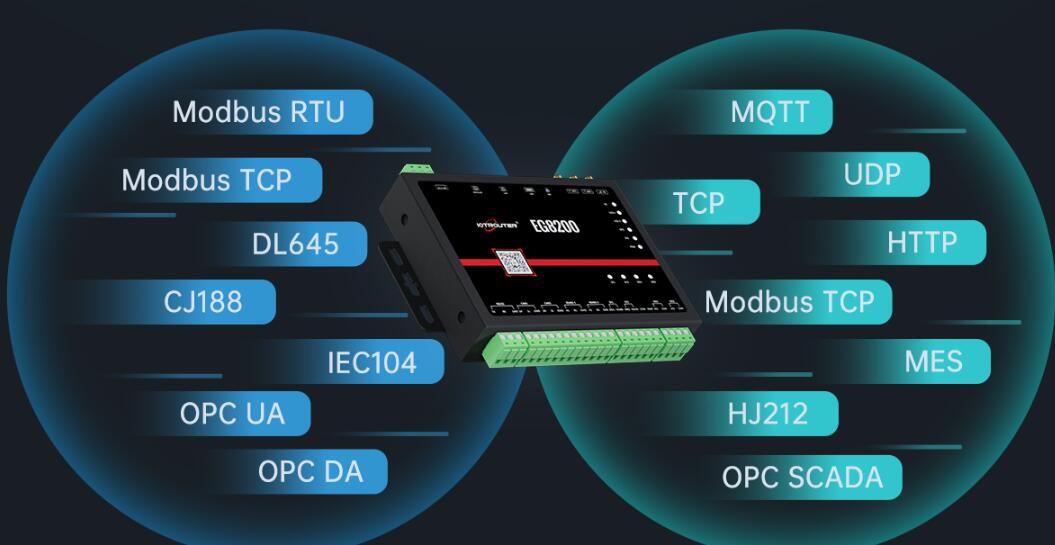Manufacturers are deploying edge computing to support a variety of use cases, and the approach is helping them realise potential benefits such as improved maintenance and faster operations.
Here are some of those use cases.
1. Computer vision and video surveillance
Edge computing can help companies process data from computer vision and video surveillance.
Many manufacturers use computer vision and video surveillance to monitor safety issues, such as worker injuries and quality control, and use artificial intelligence to analyse the video, Cook said. Supply chain leaders need near-instant information about such issues, so many manufacturers are using edge computing for such surveillance because of how quickly it processes data.
2. Robots and self-driving cars
Robots and self-driving cars also require fast processing, so edge computing is also well suited to the technology.
Robots and self-driving cars must react quickly to their surroundings, so latency must be as limited as possible, Ghosh said. Data analyses involving robots and vehicles must take place close to the device.
Additionally, edge computing enables devices to continue working without Internet access, which is also an advantage for robots and self-driving cars.
Many manufacturers want their robotic devices, including self-driving cars, to be able to operate safely in the event of a sudden loss of Internet connectivity, and edge computing enables this, Fitzgerald said.
3. Predictive maintenance
Predictive maintenance generates a lot of data, and edge computing can help process that data.
“Many equipment manufacturers are now building sensors (for predictive maintenance) into the machines themselves and putting in software platforms to aggregate data not just from a single site, but from all sites around the globe,” Cook said.
Some of the analysis of this data is done in the cloud, but edge computing can also handle some of it, Cook said.
“It’s often more cost-effective to do some of the calculations at the edge,” she said.
It’s more cost-effective because the system handles less data. For example, a user could look at a device’s average readings over a specific timeframe and use edge computing to process that data instead of sending all the sensor readings to the cloud. Users can learn what they need to know from a device’s average readings without having to look at every sensor reading.
4. Adaptive processes
Because edge computing is faster, the technology can help make processes more flexible.
Edge computing analytics can enable technology to quickly change processes in response to changing circumstances, Fitzgerald says. For example, edge computing analytics can identify problems with calibration equipment and then make adjustments directly. Making adjustments faster can save money and increase efficiency.
5. Additional security
The ability for edge computing to operate without access to the Internet is a must for some industries with high security.
Manufacturers in industries such as aerospace and defence may have devices that do not have access to the internet because of their sensitive work. Even if the device is not connected to the Internet, edge computing can still process the required data.